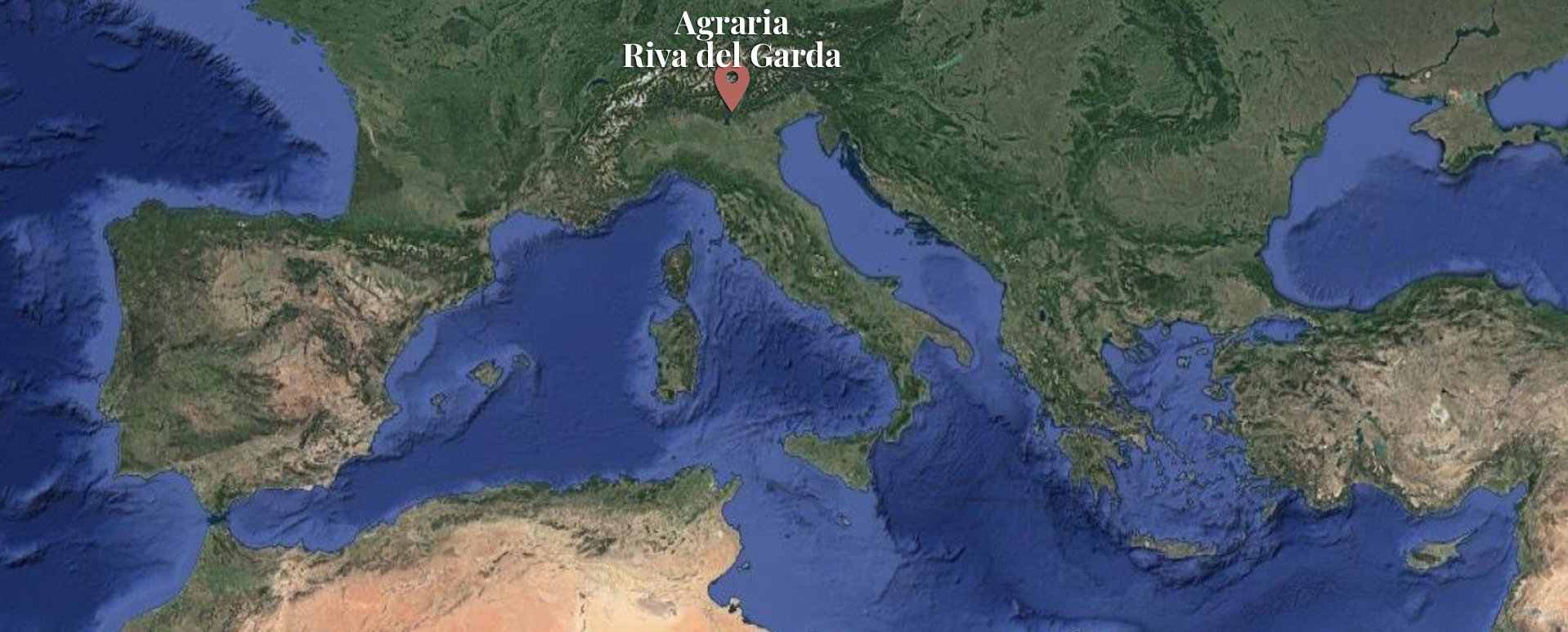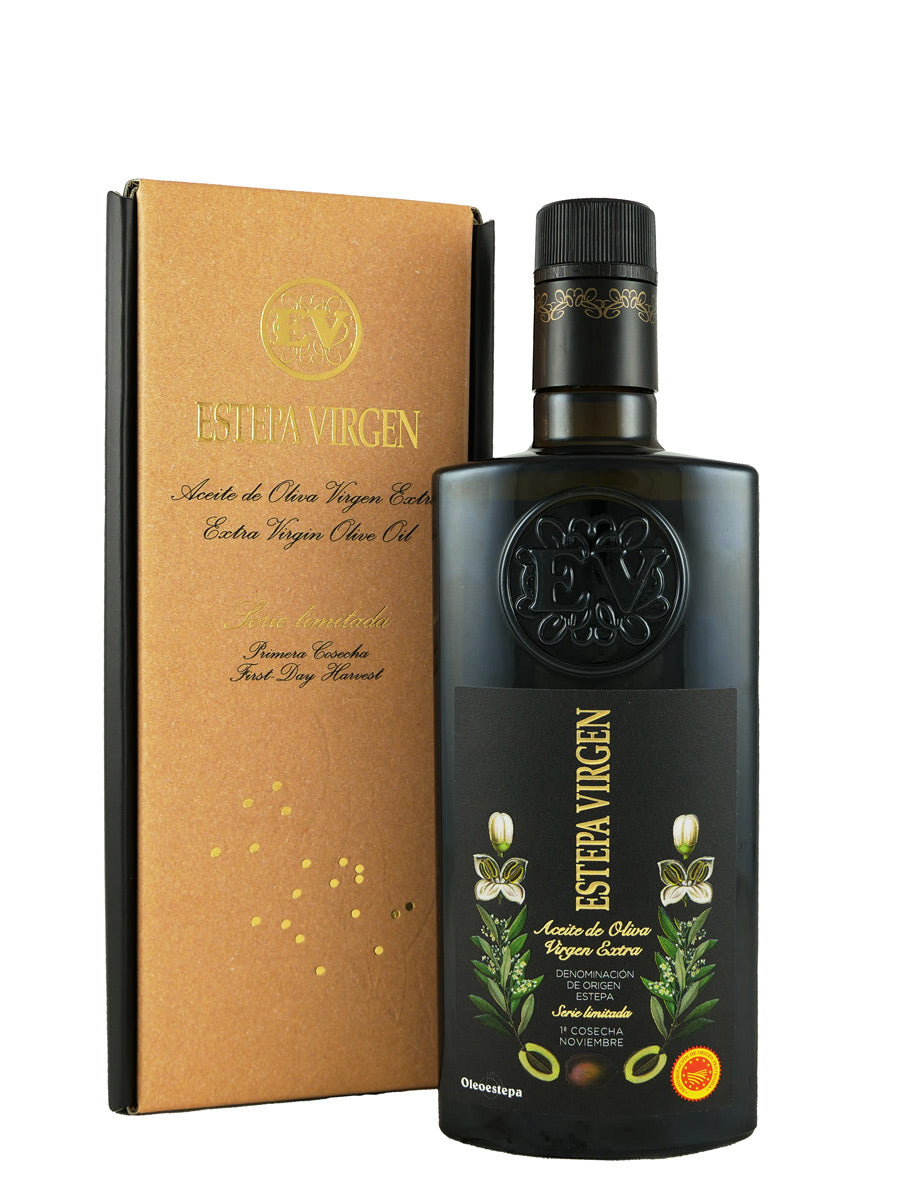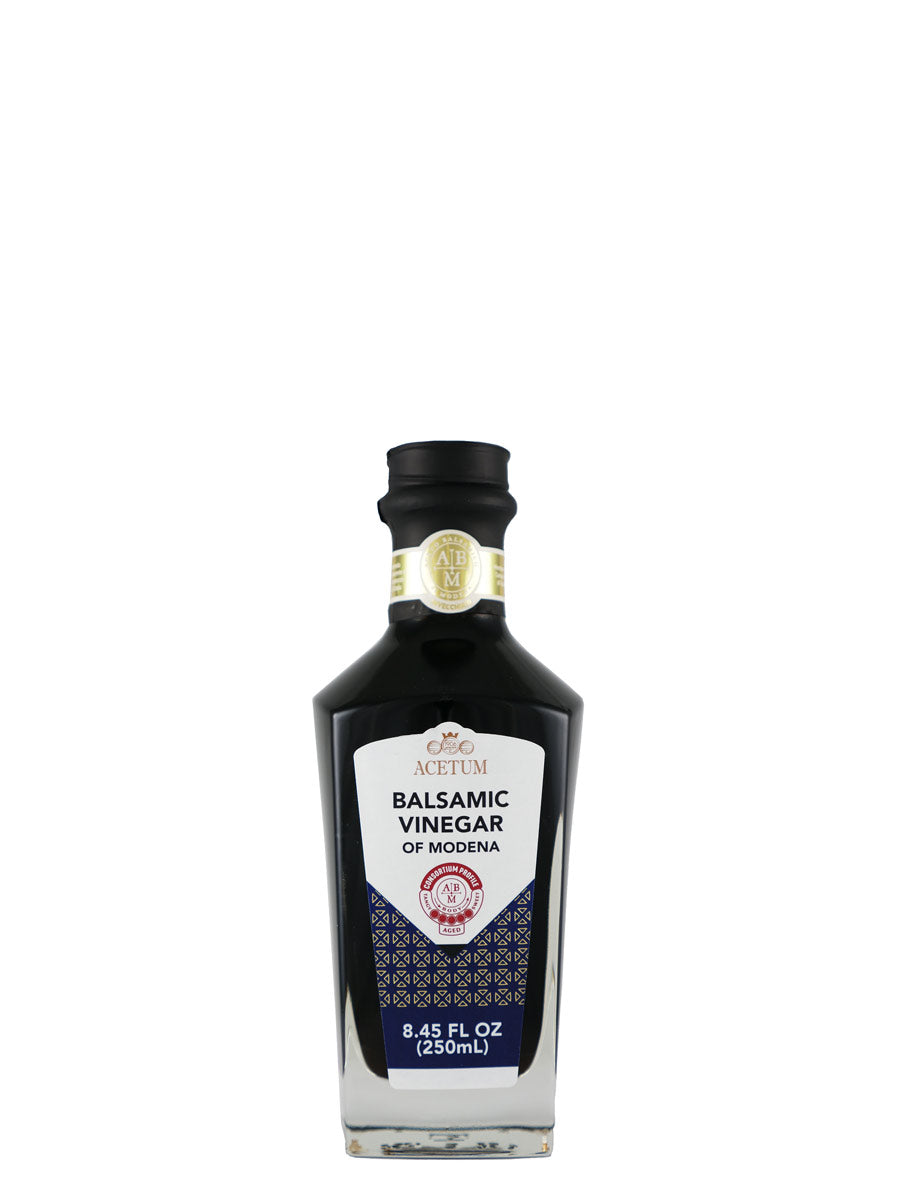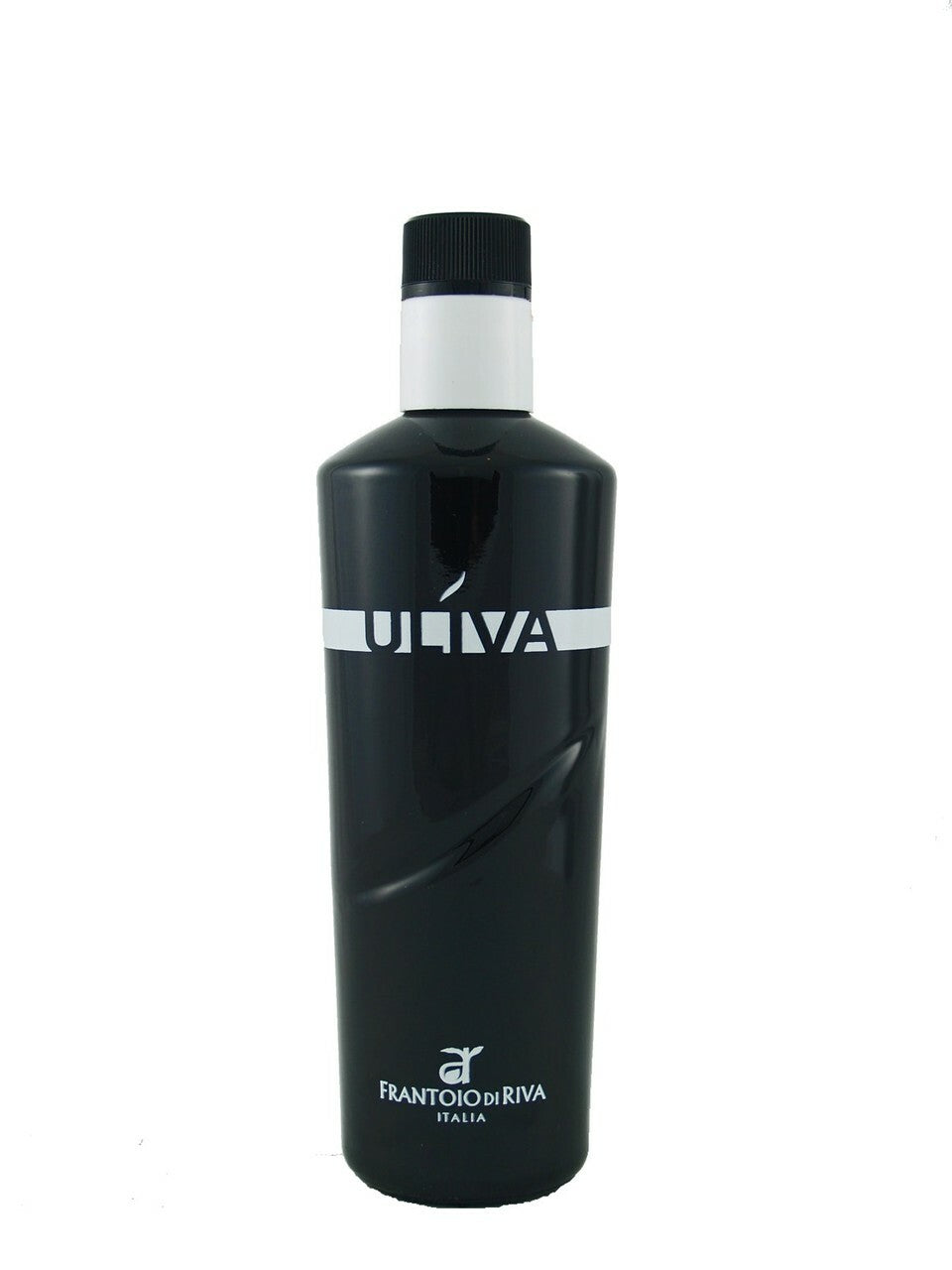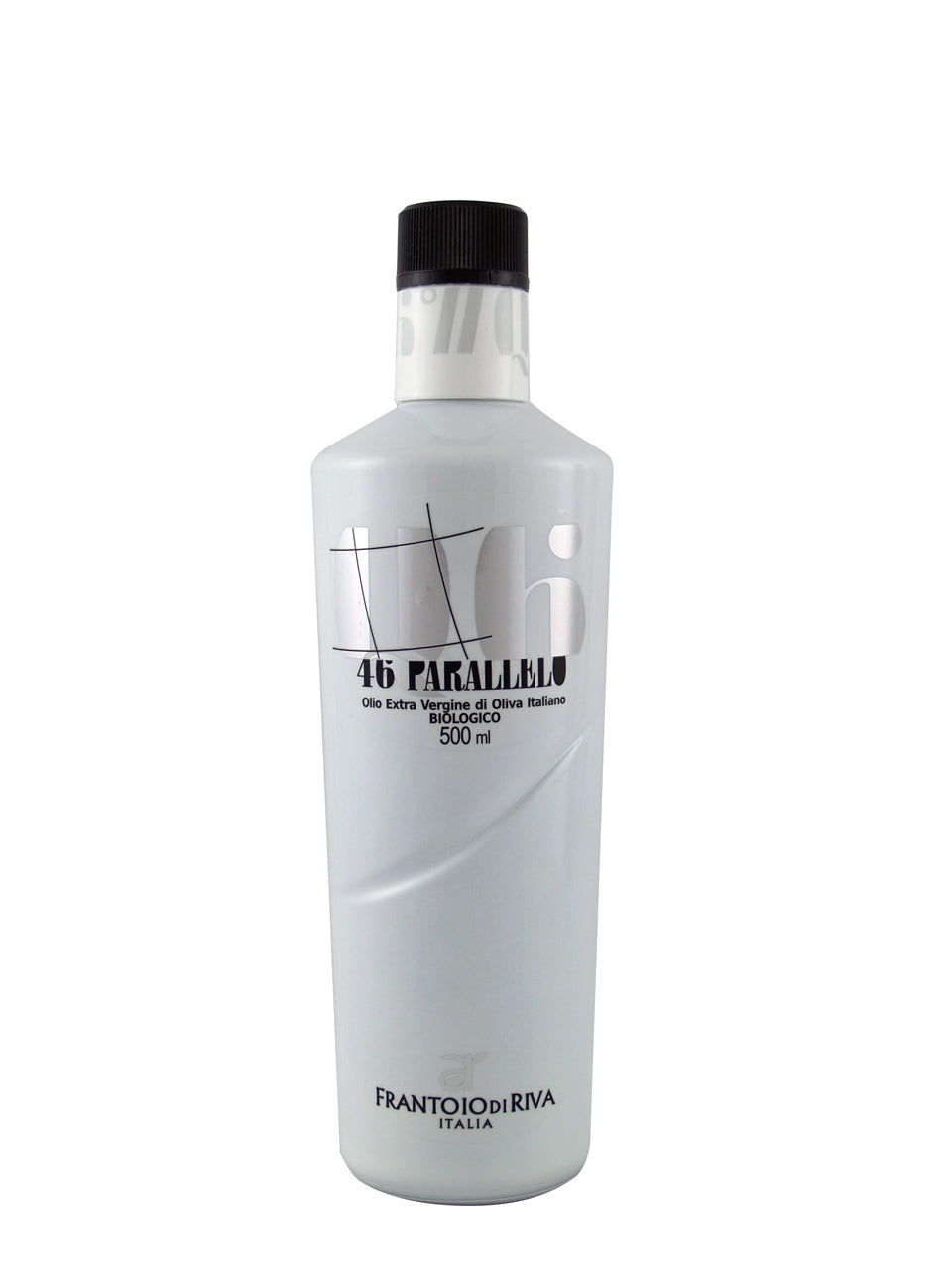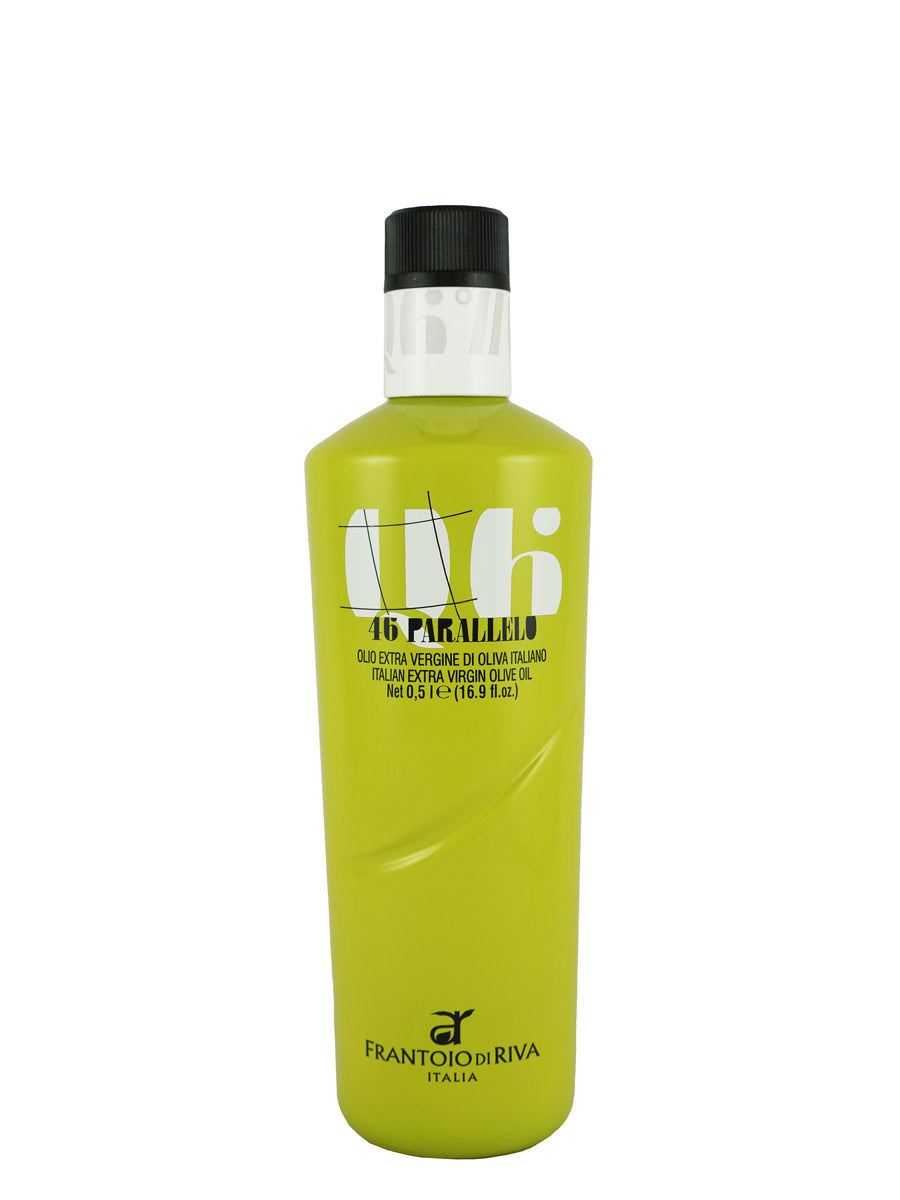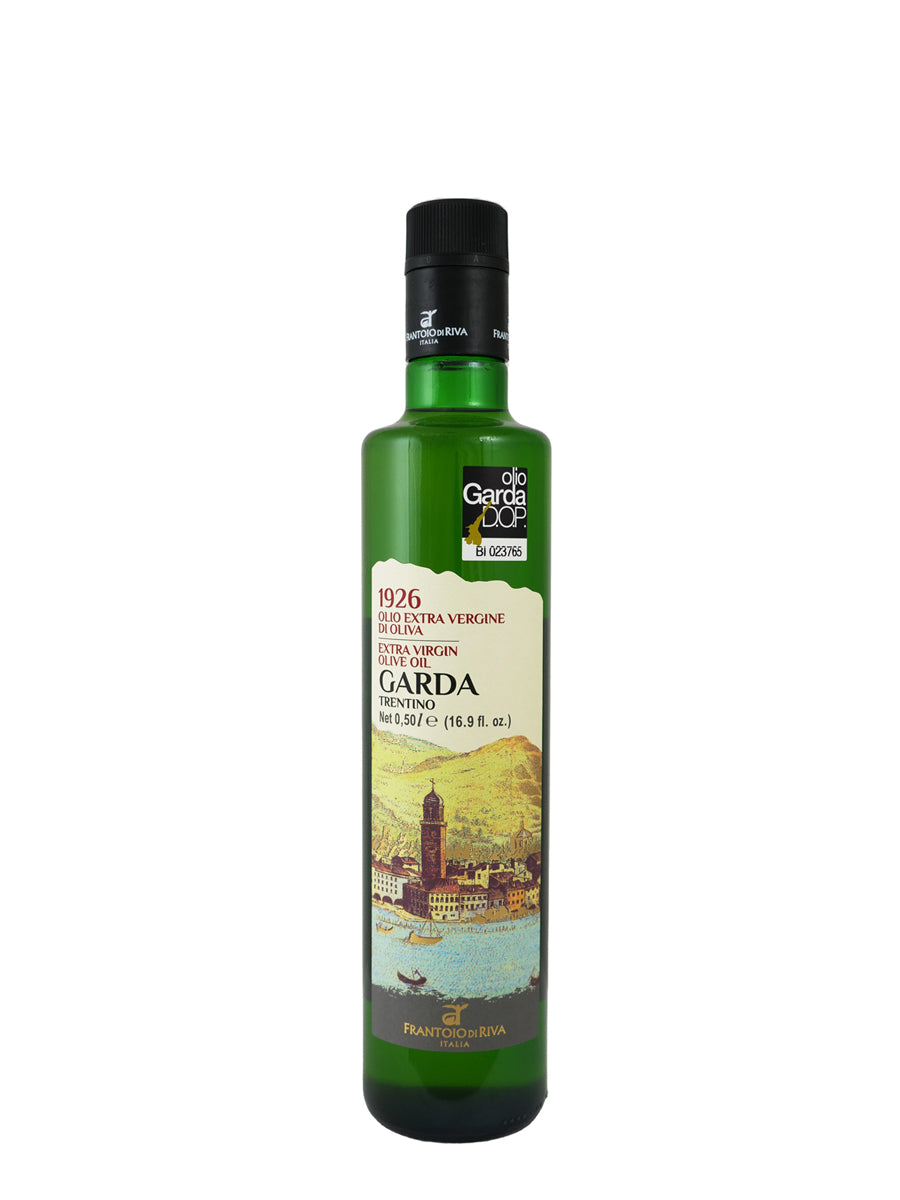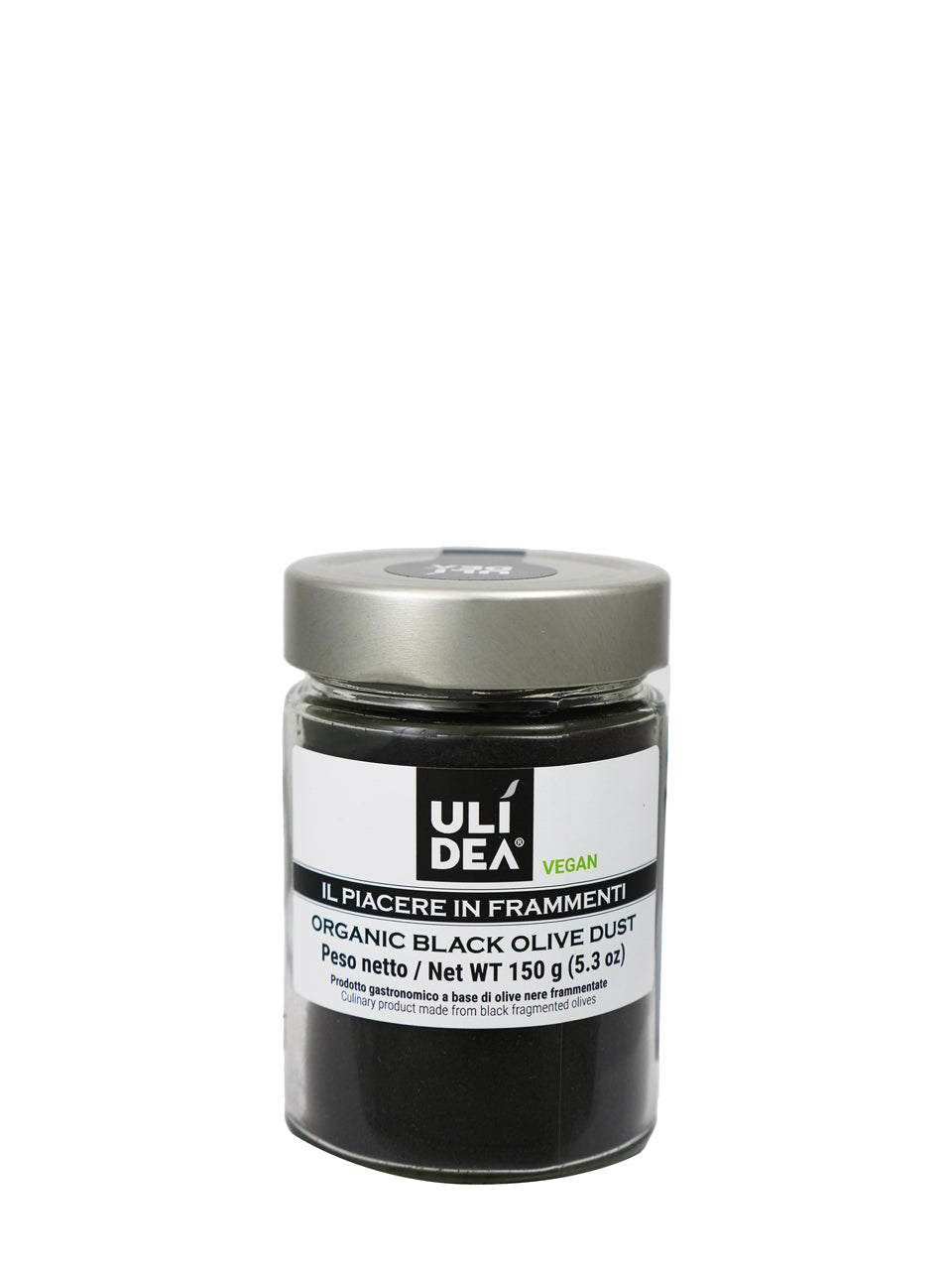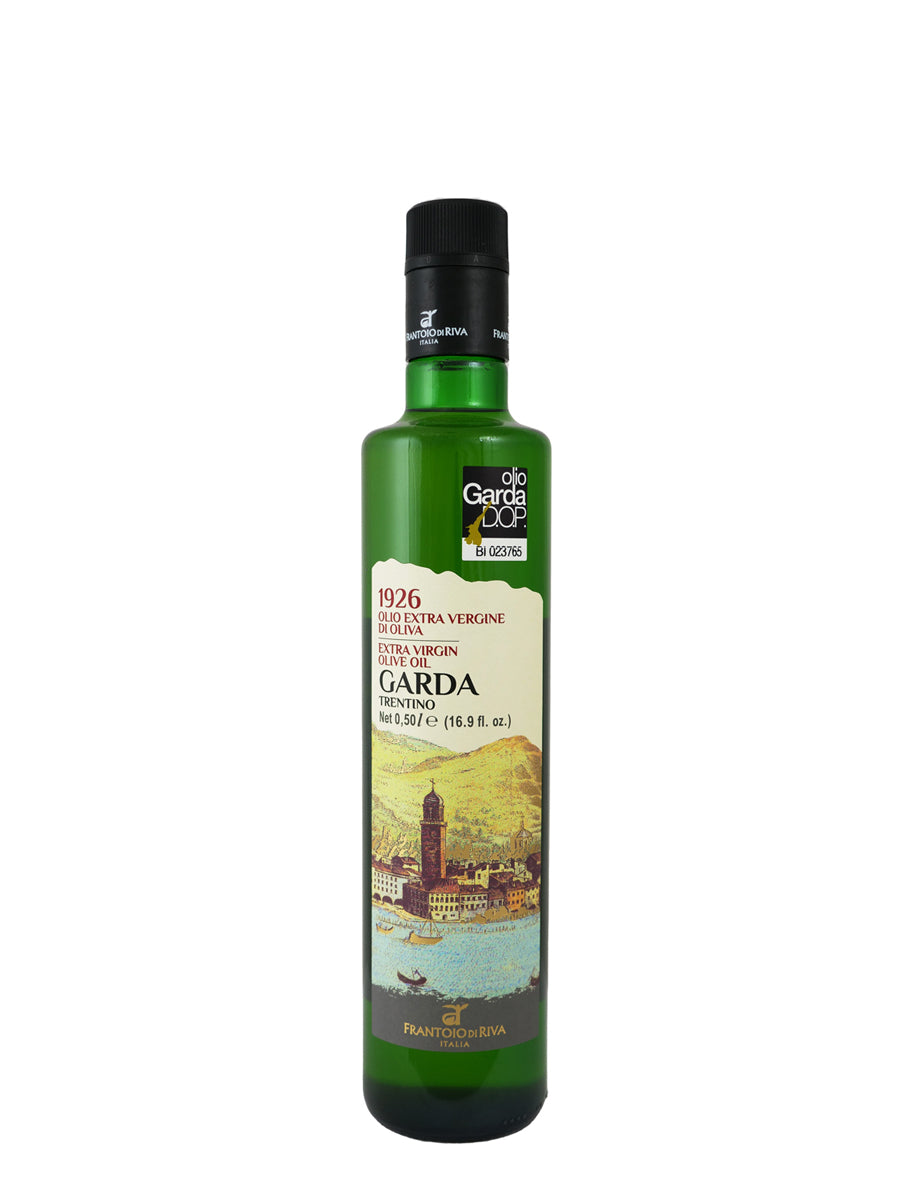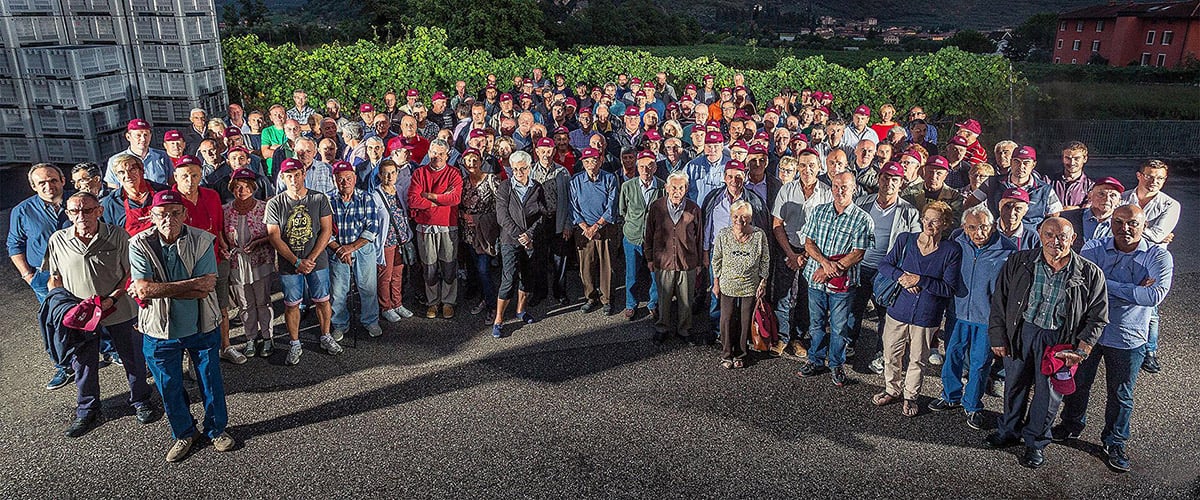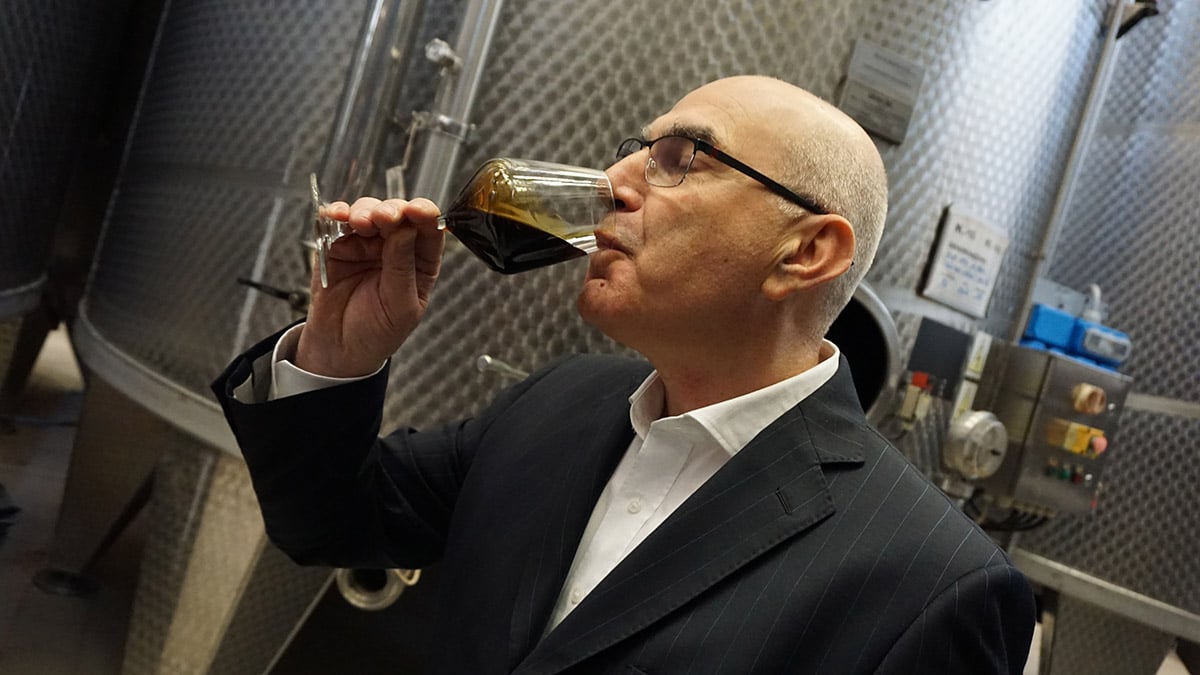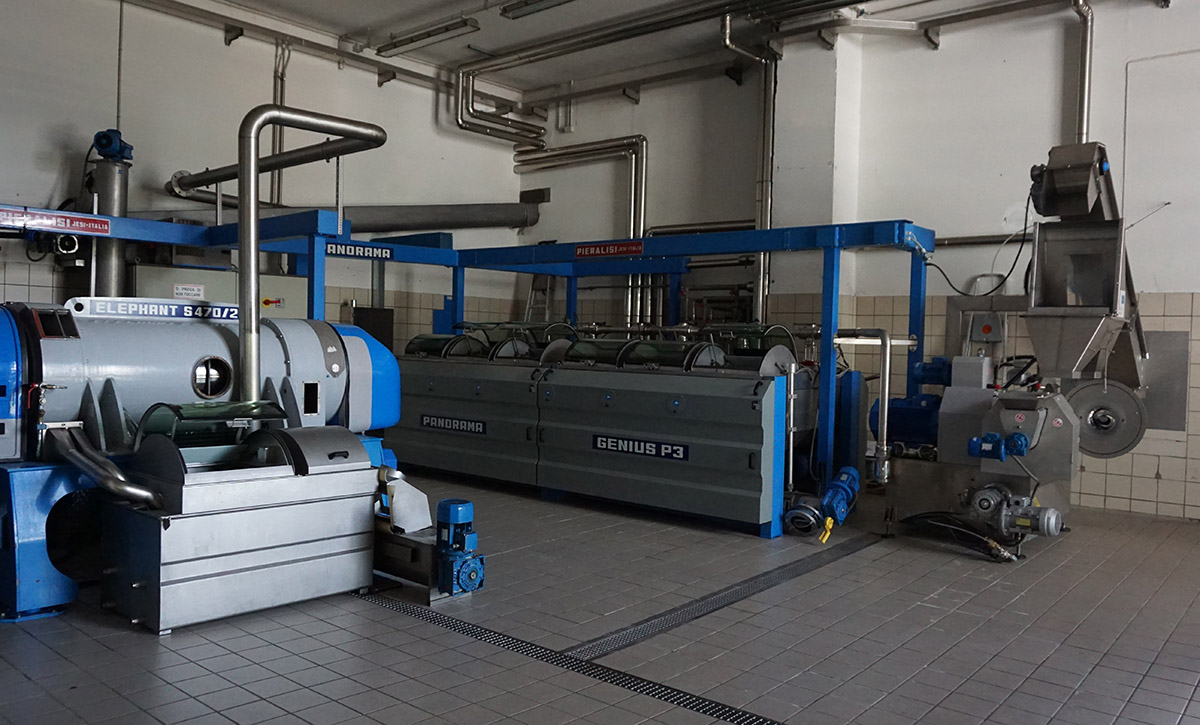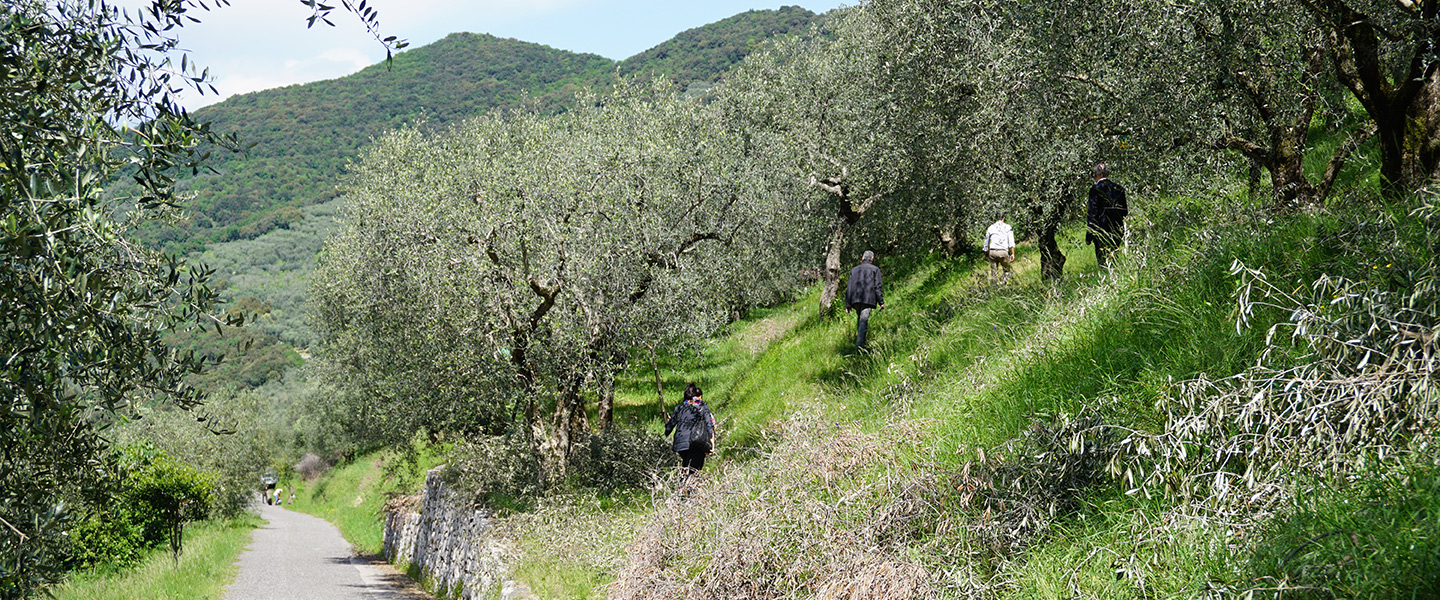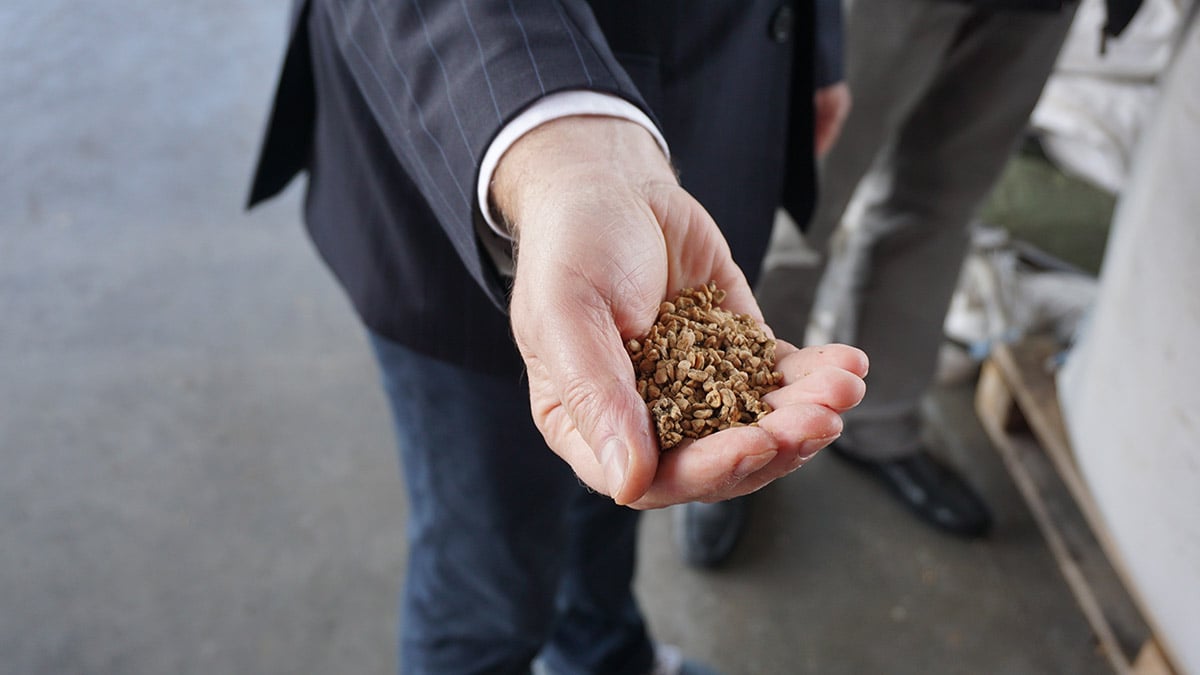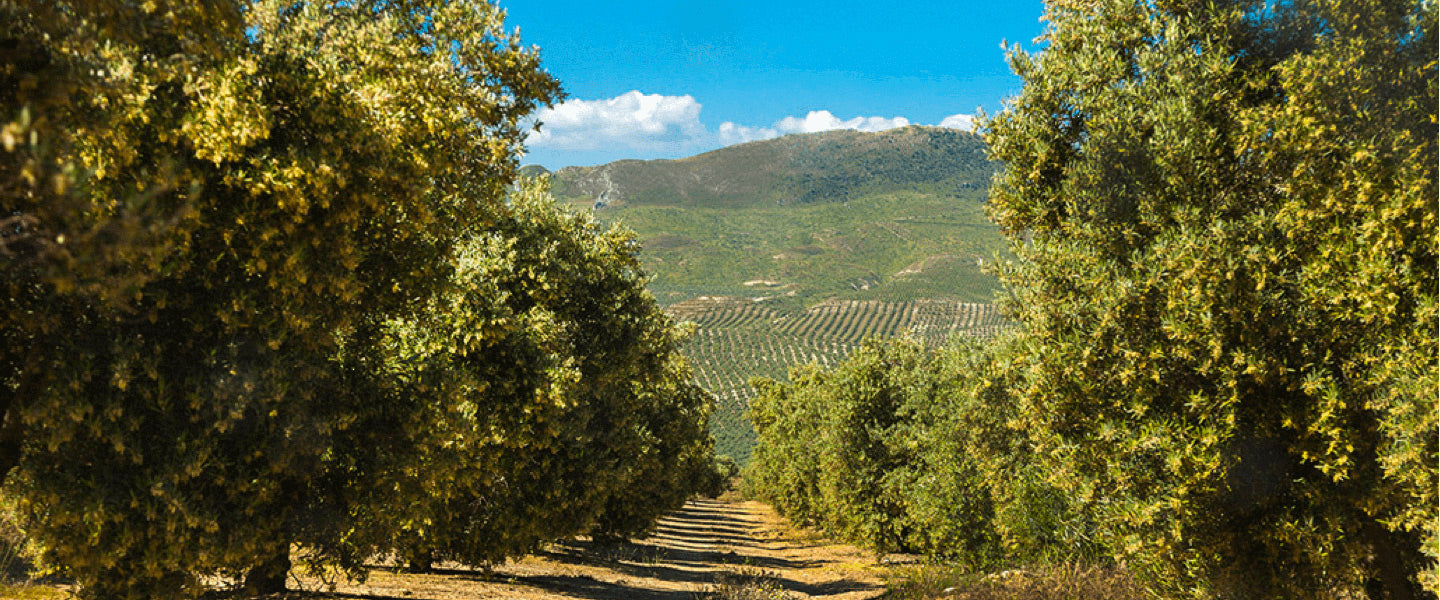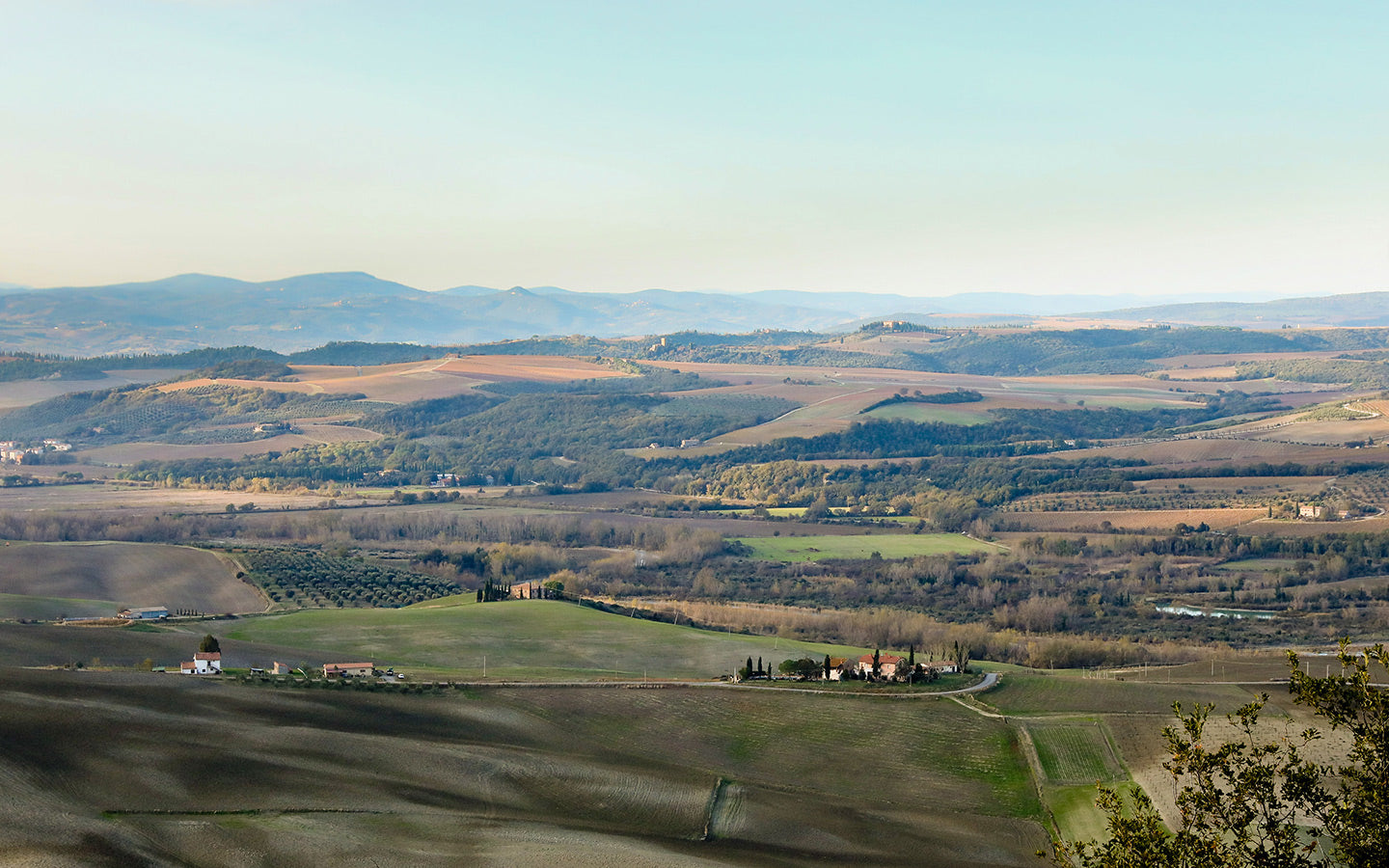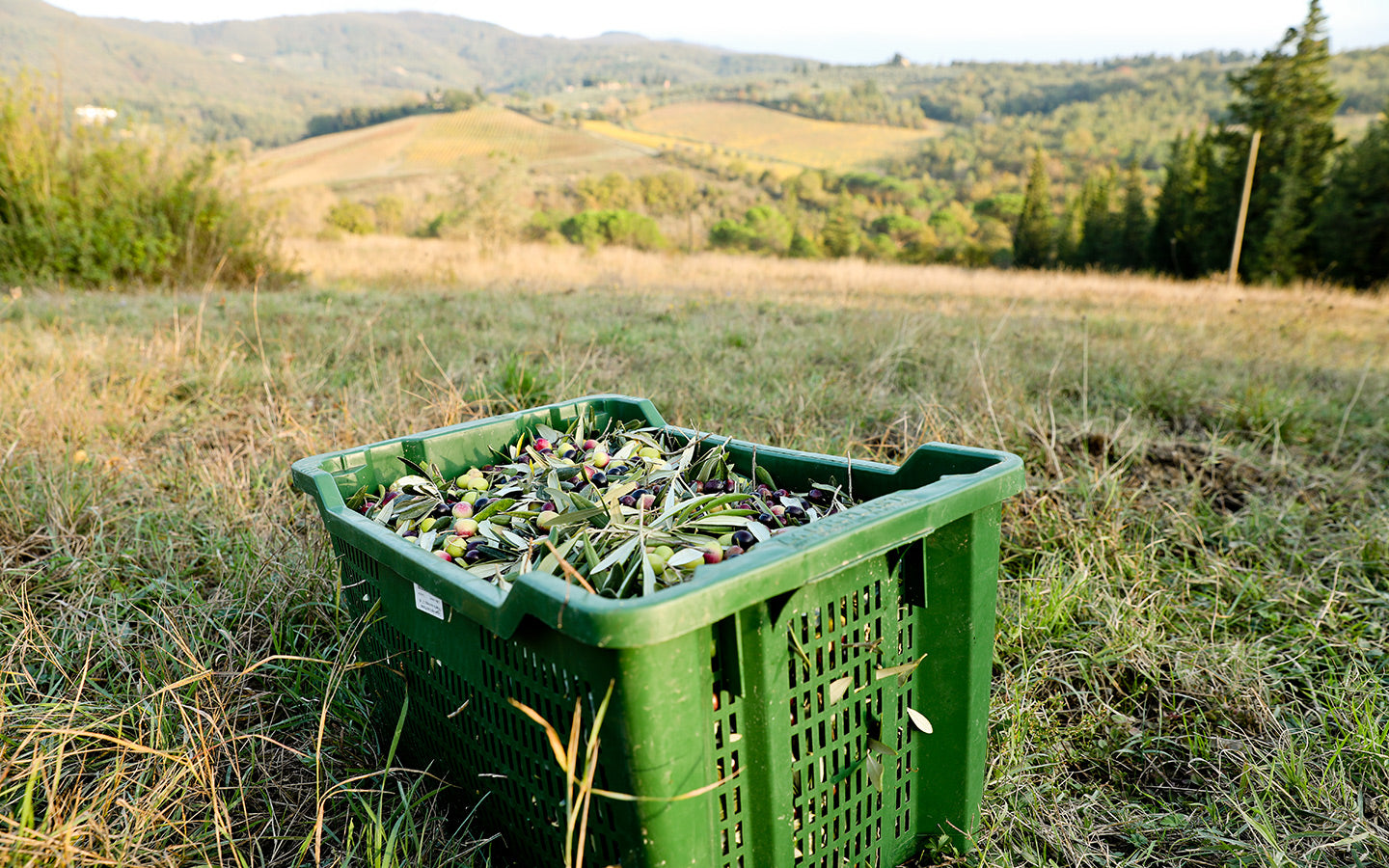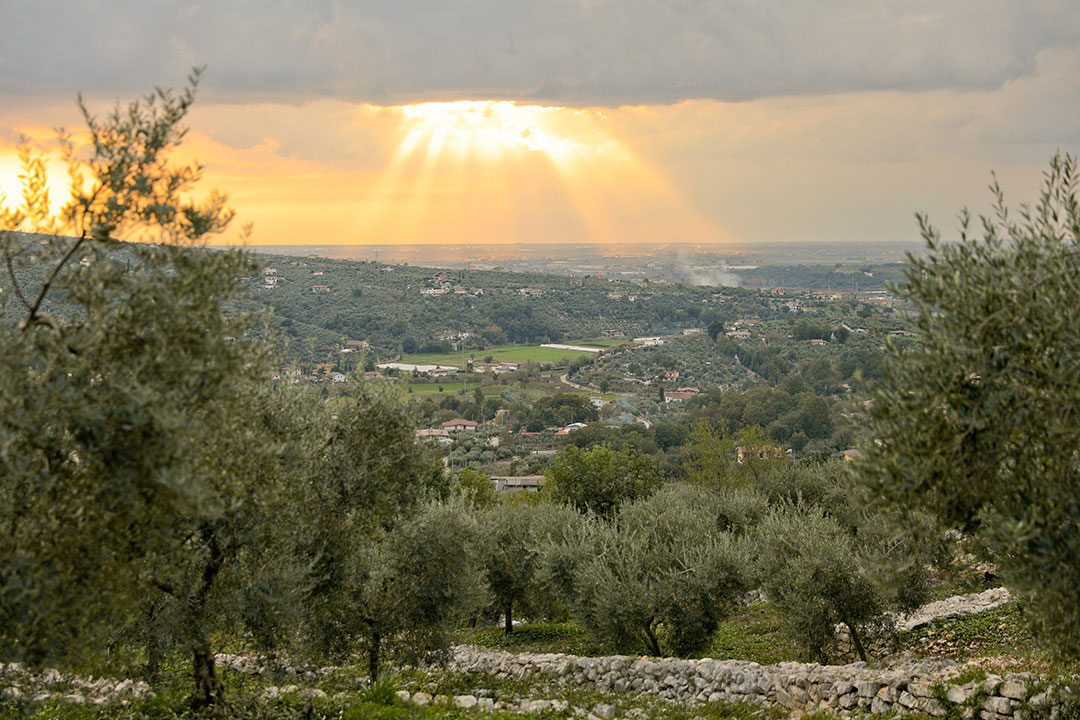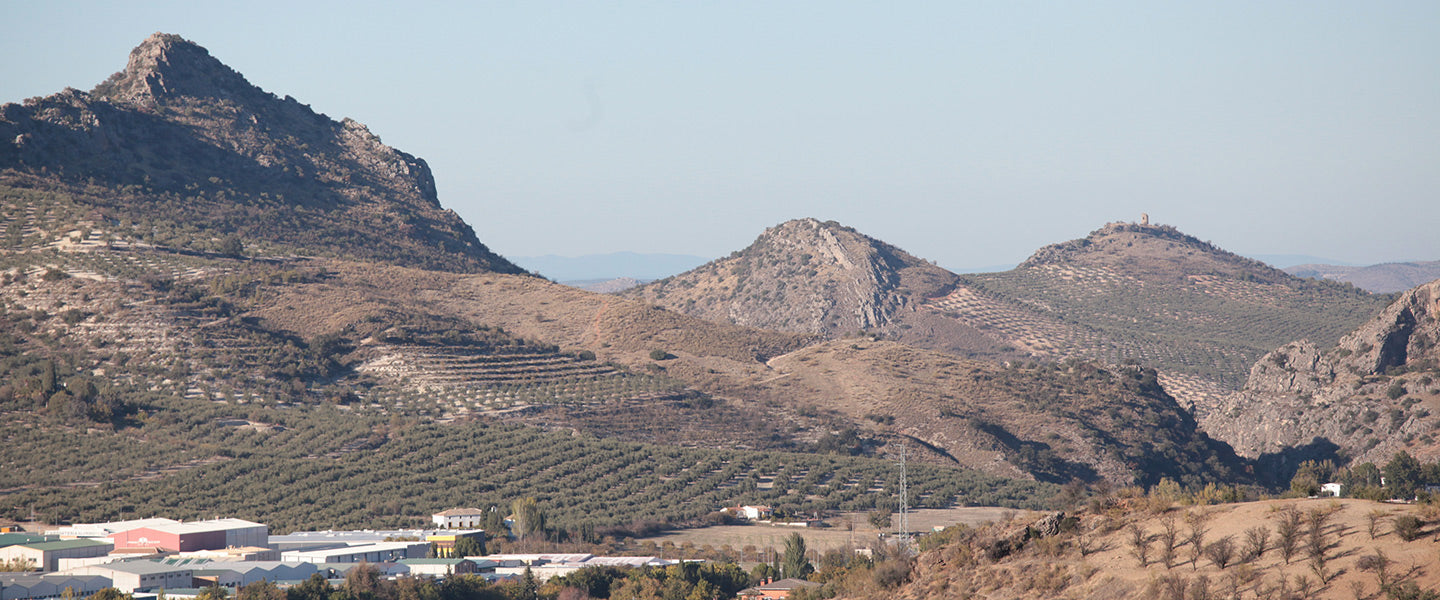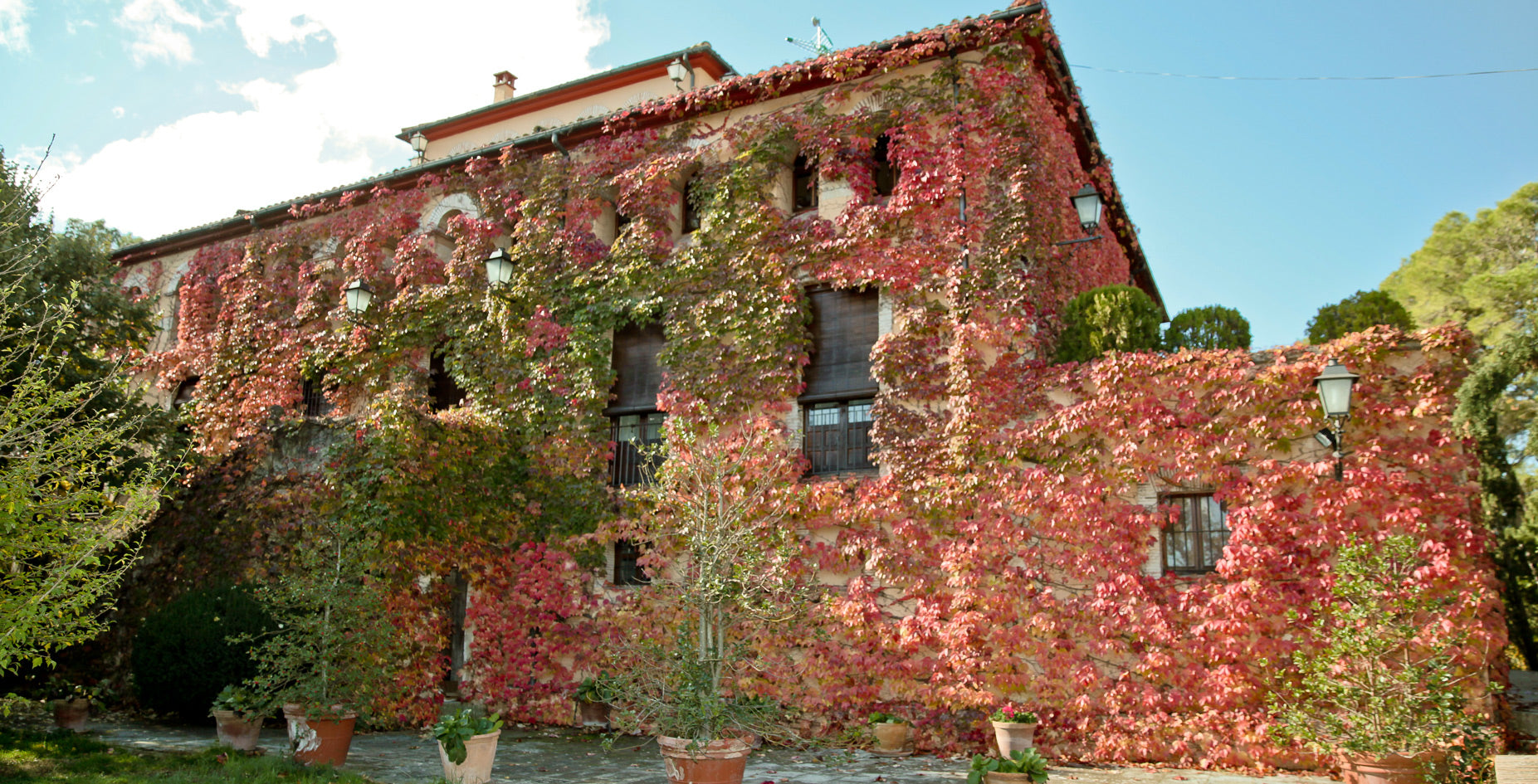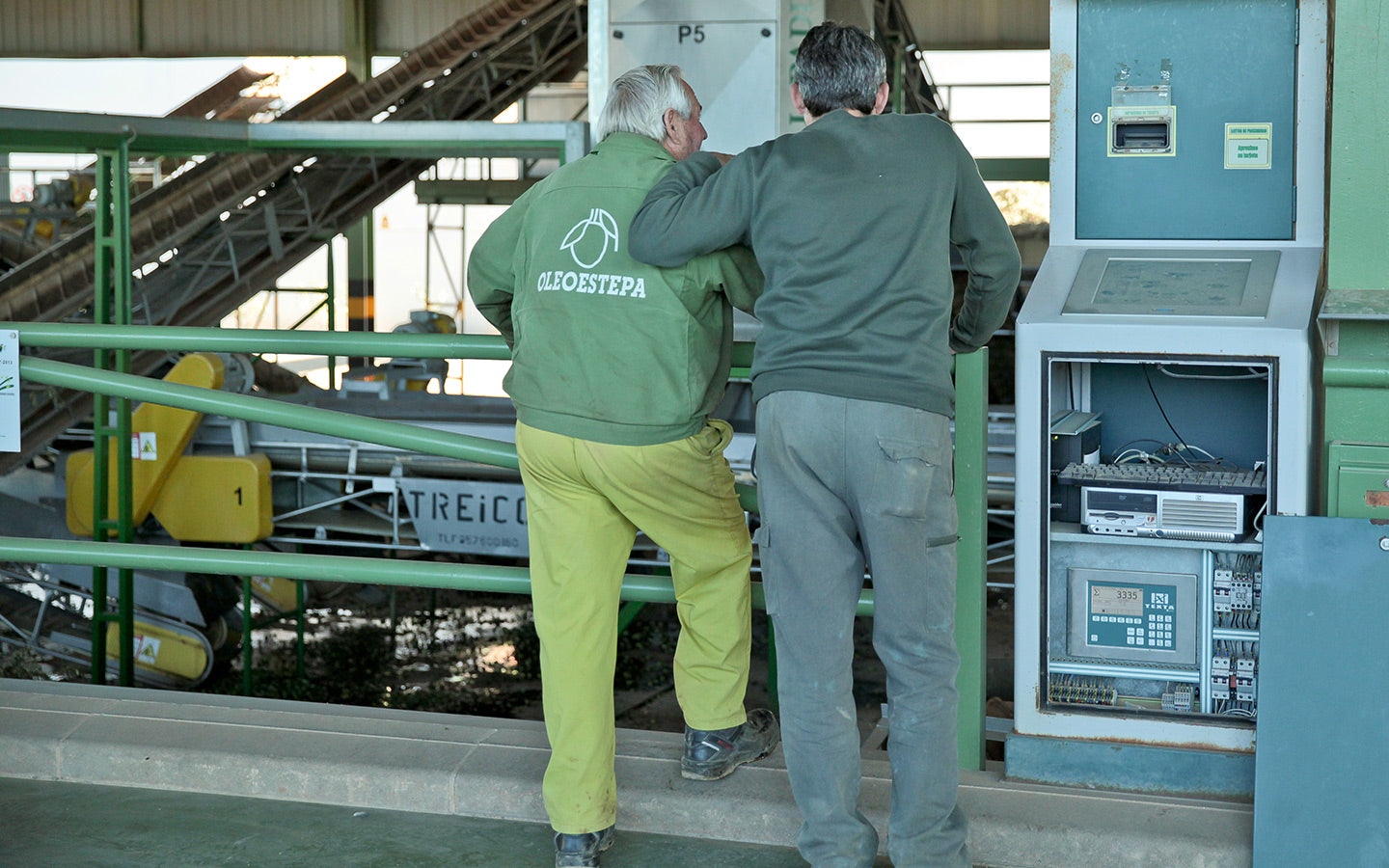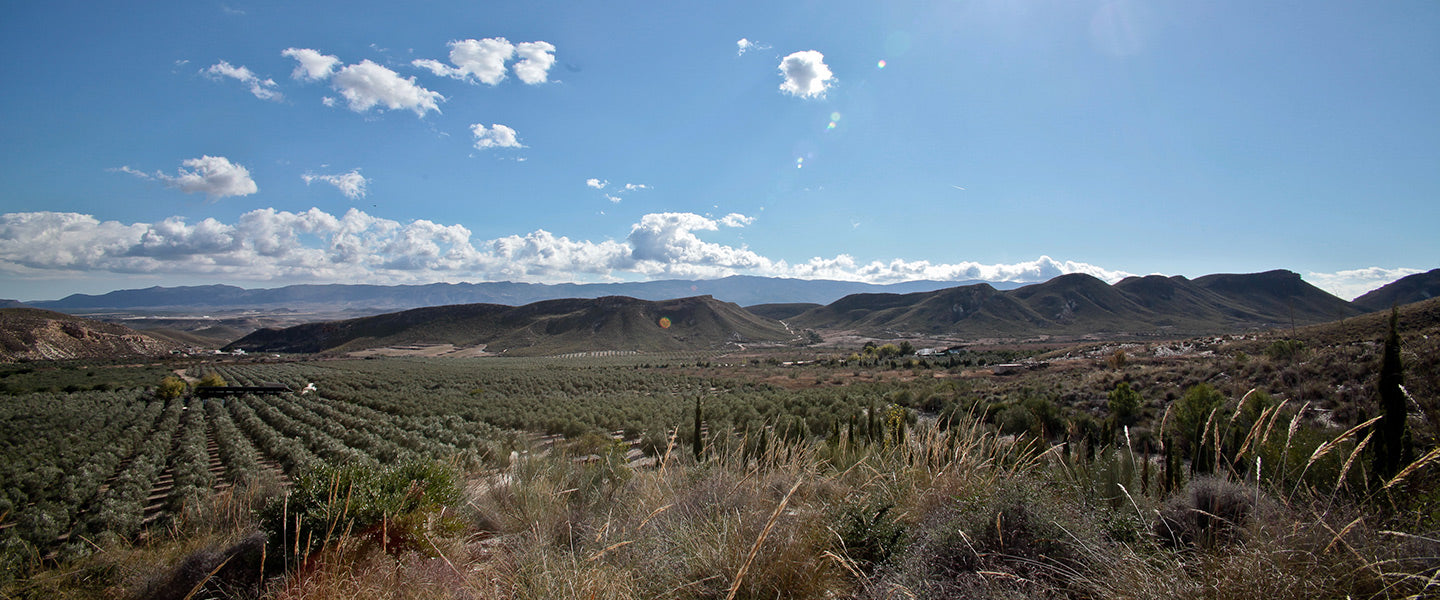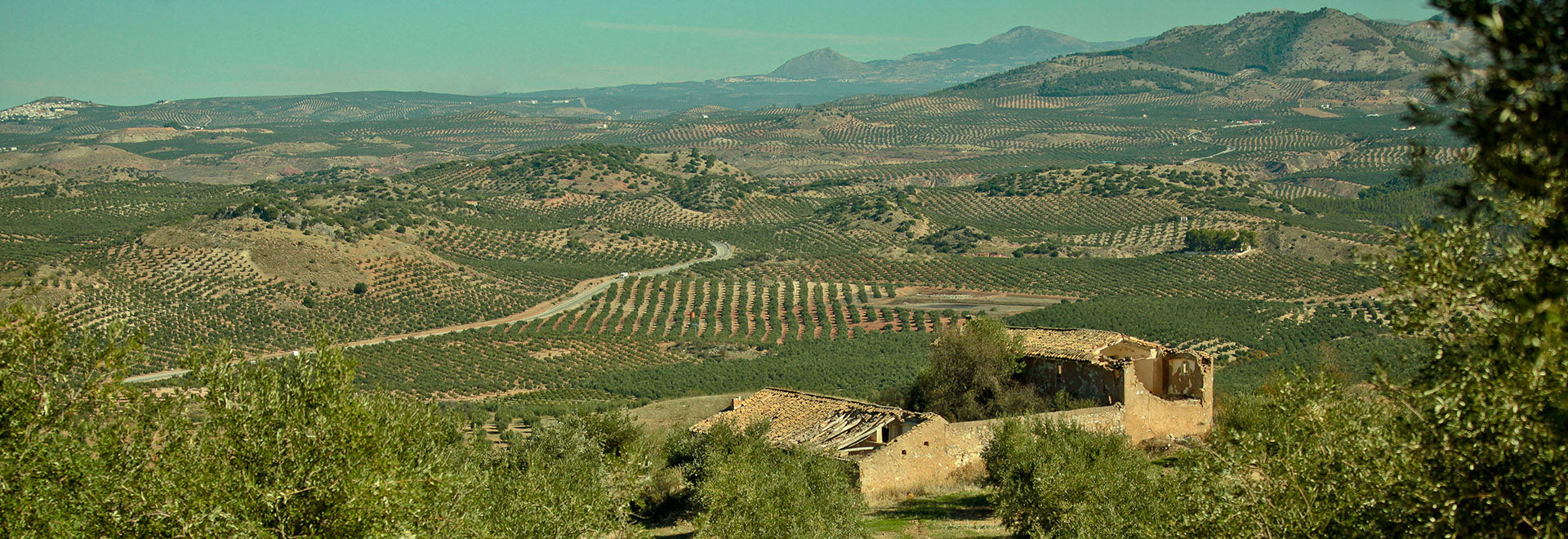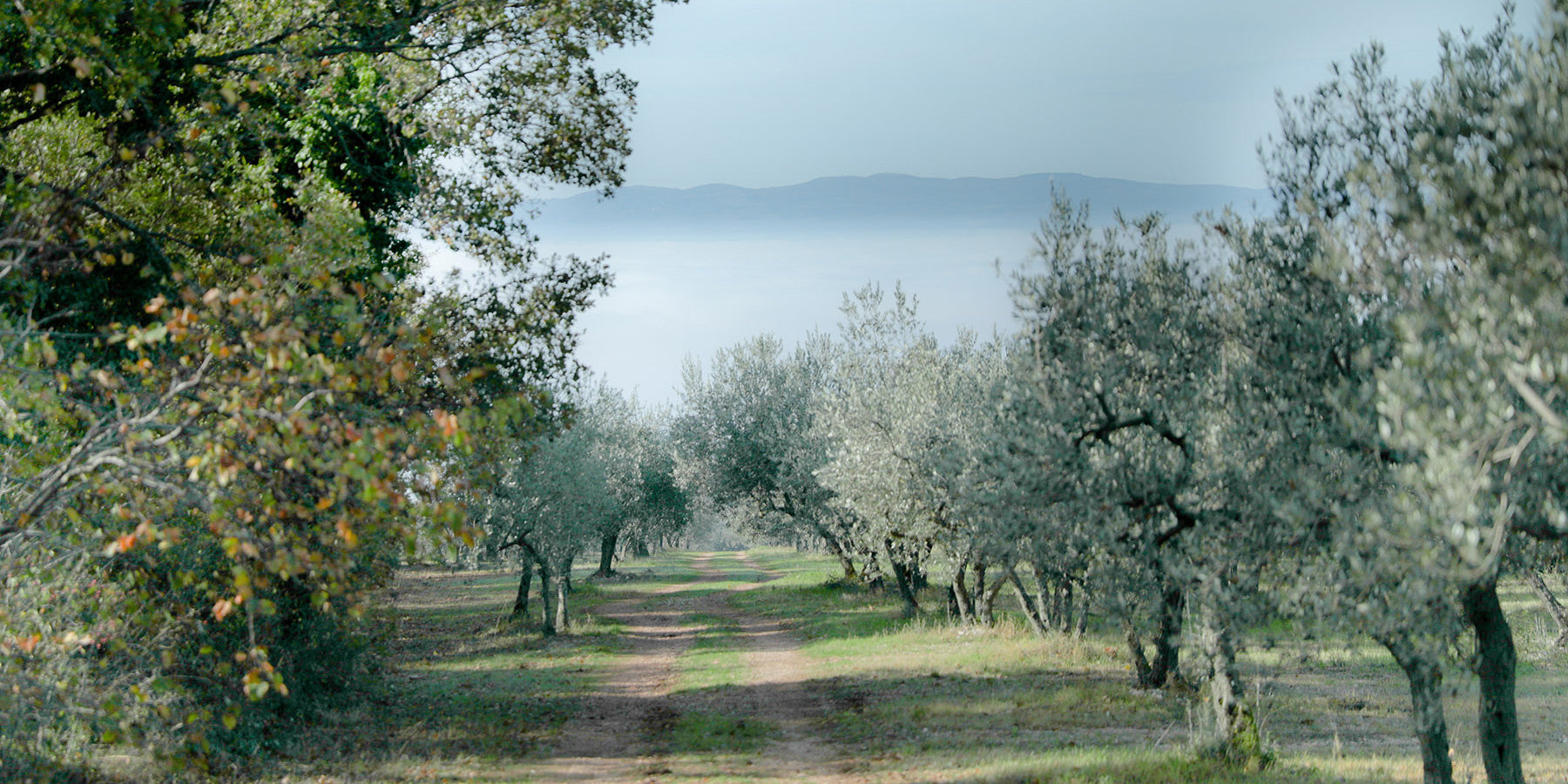Agraria Riva del Garda
Posted by Olive Oil Lovers on
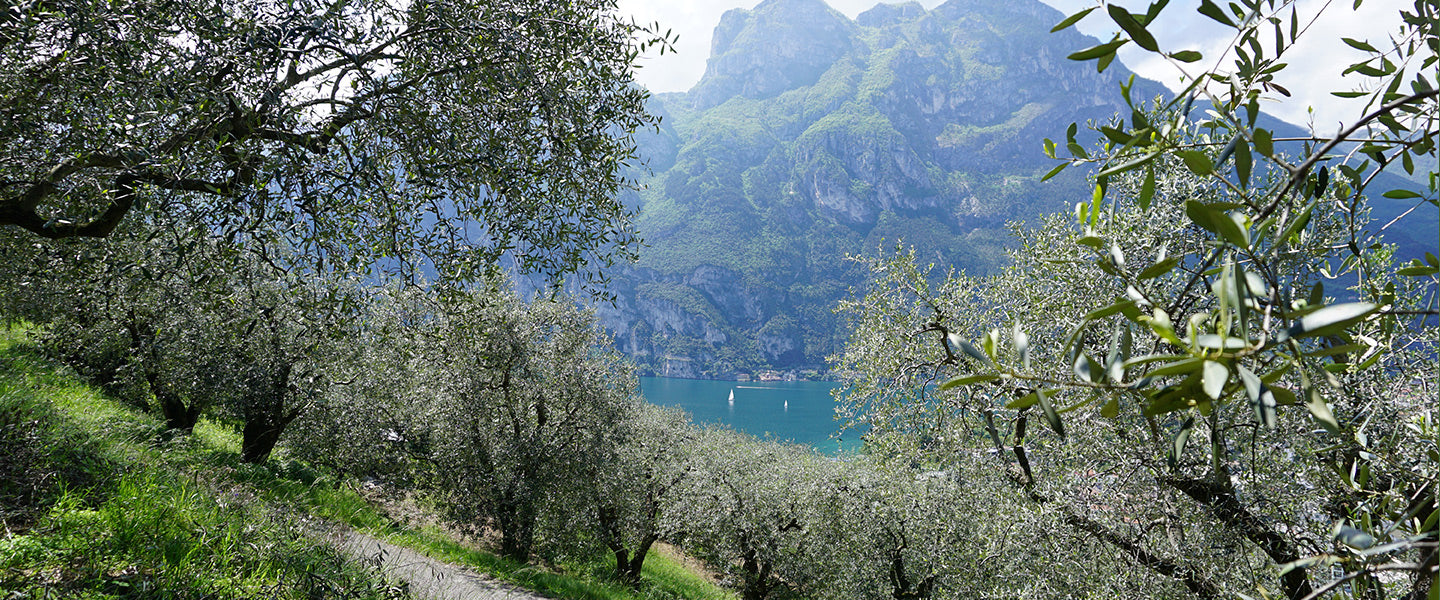
The oil makers of Agraria Riva del Garda practice a craft with deep history in the region, yet they do so with a clear vision of the future.
The oil makers of Agraria Riva del Garda practice a craft with deep history in the region, yet they do so with a clear vision of the future. Just as the warm breezes off Lake Garda temper the Alpine winds from the surrounding Dolomite mountains, the producers here balance tradition with the requirements of the modern age. Inspired by their unique local cultivar, the Casaliva olive, the region’s farmers reinvigorated their cooperative over the last 20 years to better preserve their agricultural heritage and the distinct quality of their olive oils. Today they continue to push their initiative forward with a focus on research and new technology to help improve both their businesses and their community.
The Alto Garda region has a long agricultural history, dating back to the Celts and Romans who planted the first vineyards and olive groves over 2000 years ago. Though the modern cooperative is fairly recent, its origins trace to the years following World War I, shortly after Italy gained its independence from Austro-Hungarian rule. To promote and support agriculture in the Alto Garda District, the local farmers formed the Agraria Riva del Garda Farmer Cooperative in 1926. The winery and cellar opened in 1957 and the olive mill followed shortly thereafter in 1965, as quality production became their focus. The farmers renewed the cooperative in the year 2000 to help transform their businesses in a way that allowed renewal of the land and restoration of their facilities. Today Agraria Riva del Garda now counts approximately 1200 local growers from the region.

Yet the region itself and its particular microclimate further distinguishes this cooperative. Unlike most olive oil producers in countries bordering the Mediterranean, Alta Garda lies in a landlocked territory of Northern Italy. Yet the area has a particularly mild climate for its latitude, especially considering most of the arable land sits nestled below the ridges of the southern Alps. Every day mountain air rolls down into the valley that holds Lake Garda, but the lake water cools slowly, allowing patterns to form that pull warmer air up from the plains and into the valley. As a result, the groves of Alto Garda remain the northernmost location in the world where olive trees have been growing for centuries. This unique climate allowed the creation of the Casaliva, a unique olive fruit indigenous to the area. While the region has gained popularity for its outdoor sports, like climbing, sailing, and mountain biking, and is also known for its apple, plum, and grape cultivation, the Casaliva cultivar is perhaps its most important feature. Recognizing this, the revitalized cooperative focused its efforts on preserving and enhancing the characteristics of their region and its native oil.

The hardest part is not to find customers but to find customers who understand the real quality of olive oil. Most consumers do not know much about EVOO, but when they taste it they feel it, as an emotion.

The Estate
While Agraria Riva del Garda does not operate a formal agrotourism operation, the stunning vistas of the Alto Garda region make it a popular tourist destination. The cooperative runs the Store Rurale in Riva Del Garda, where they sell their oils, wines, and a huge variety of other regional products, from local meats to honey. Visitors can contact the store to arrange guided tours of the Frantoio (oil mill) and the wine-making facilities of the Cantina.
Store Rurale